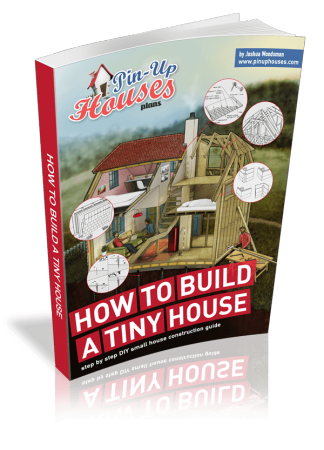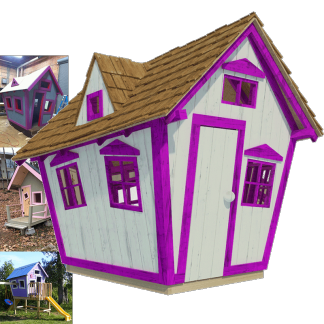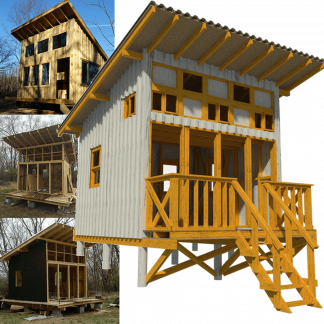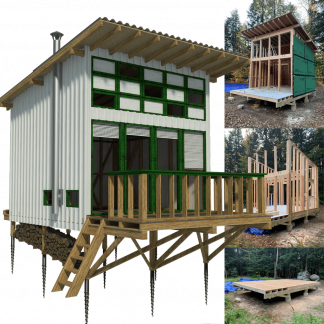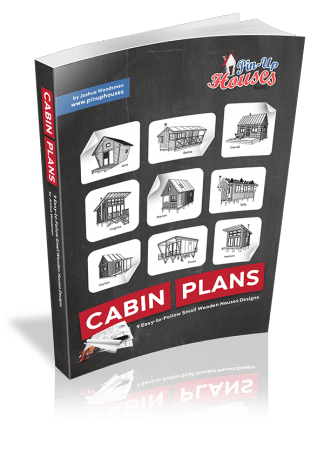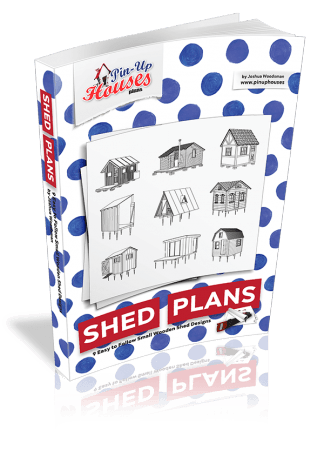Tiny homes have moved from a niche housing trend to a serious investment opportunity. Rising property prices, growing interest in minimalist living, and the short-term rental market have combined to make compact, well-designed homes attractive assets. Investors who approach this sector strategically can enjoy impressive returns and stable demand.
Drawing on insights from an Australian buyers’ agency, this quick guide explores how investors can make smart choices when entering the tiny home market. From selecting the right property and location to optimizing design for profitability, every step can significantly impact long-term success.
Choosing the Right Location for Tiny Homes
Location still drives value, even for small-scale properties. Rural settings with scenic views often attract buyers seeking off-grid lifestyles, while urban-adjacent lots appeal to young professionals or travelers looking for affordable stays. Proximity to transportation, utilities, and attractions can also increase resale potential.
Investors should research local zoning laws and building codes before making any commitments. Some regions actively support tiny homes with incentives and flexible permits, while others maintain strict restrictions. A thorough understanding of local regulations can prevent costly delays and ensure your property operates legally.
When considering location, think beyond the initial purchase. Evaluate long-term growth trends, tourism potential, and community support. A well-positioned tiny home can generate steady rental income and appreciate faster than one in an overlooked area.
Designing for Efficiency and Market Appeal
The success of a tiny home investment often depends on design. Efficient layouts, smart storage, and high-quality finishes make compact spaces feel larger and more functional. These features increase desirability among renters and buyers, making your property stand out in a growing market.
Consider investing in versatile design elements that support multiple use cases, such as fold-out furniture or loft spaces. High-end touches, such as premium flooring or eco-friendly materials, can further enhance perceived value and justify higher rental rates.
For short-term rentals, aesthetic appeal matters. A photogenic interior with cohesive styling will perform better on platforms like Airbnb. Subtle branding or unique design features can help your property gain repeat bookings and positive reviews.
Maximizing Returns Through Rental Strategies
Tiny homes can be profitable as either long-term rentals or short-term vacation stays. The right choice depends on your location, target market, and goals. Short-term rentals often generate higher monthly income but require active management, while long-term leases offer stability with lower upkeep demands.
Consider offering your tiny home as a specialty rental to capture niche audiences. Examples include eco-retreats, artist residencies, or luxury glamping experiences. This approach differentiates your property and allows you to charge a premium compared to standard lodging.
Professional property management services can also help streamline operations, particularly for investors with multiple units. Outsourcing cleaning, marketing, and guest communication can turn your tiny home investment into a more passive source of income.
Financing and Ownership Structures
While tiny homes generally cost less than traditional properties, financing can be more complex. Many lenders classify them as personal property rather than real estate, which can limit mortgage options. Research local lenders who specialize in alternative housing or explore creative financing methods like personal loans or partnerships.
Some investors use land-lease arrangements, placing tiny homes on rented plots to reduce upfront costs. Others buy several units at once to negotiate better construction rates and scale their operations. Each model has its advantages depending on your budget and risk tolerance.
Investors should also consider long-term ownership strategies. Will you hold the property for income, flip it after appreciation, or sell it as part of a larger portfolio? Clear goals will guide financing and management decisions.
Navigating Regulations and Compliance
One of the biggest challenges in tiny home investing is navigating the patchwork of zoning laws, permits, and building standards. Some municipalities treat tiny homes as recreational vehicles, while others classify them as accessory dwelling units.
Before investing, consult with legal or planning professionals to identify potential obstacles. Ensuring compliance from the start protects your investment from fines or forced removals. In some cases, you can lobby for favorable zoning or work with local communities to pilot new regulations.
Investors who stay ahead of regulatory trends can also gain first-mover advantages. As more jurisdictions adopt tiny home-friendly policies, early adopters are likely to benefit from a limited supply and growing demand.
Building a Scalable Tiny Home Portfolio
A single tiny home can generate income, but a portfolio multiplies your returns and spreads risk. Investors who develop a repeatable process for site selection, design, and management can expand quickly while maintaining quality.
Branding your portfolio can also add value. A recognizable name and consistent guest experience increase trust and loyalty, especially for vacation rentals. Over time, this can create opportunities for partnerships, franchising, or selling your portfolio at a premium.
Scaling also enables you to negotiate better terms with builders, suppliers, and service providers. By leveraging economies of scale, you can reduce costs per unit and maximize your margins without sacrificing quality.


